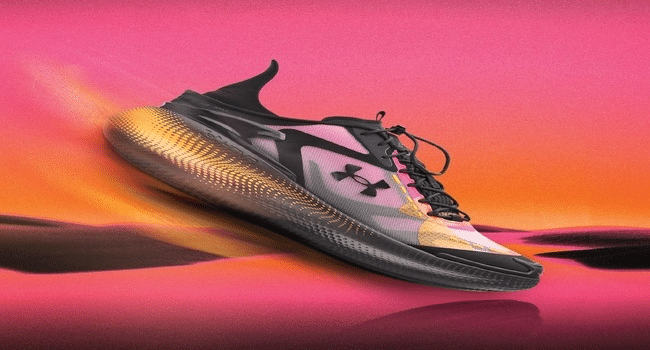Table of Contents
When the morning air already feels like midday, your kit can’t just look sharp—it has to work. Under Armour builds footwear and garb to turn effort into progress: responsive midsoles that assist you stay quick on worn-out legs, traction styles you could accept as true with on wet pavements or dusty grounds, and uppers that hold air transferring while the humidity climbs. The concept is straightforward—allow the technology manage the small matters so that you can focus on cadence, footwork, and consistency. If you’re refreshing your rotation, start your shortlist with sports shoes.
The innovation mindset (and why it matters for Indian conditions)
Under Armour’s approach is grounded in performance-first engineering. Energy-returning foams help you maintain pace late in the session. Rubberless, lightweight platforms are tuned for a grippy, close-to-the-ground feel on fast days. Training-specific bases keep you stable under load, so force travels cleanly from the ground up. Breathable uppers secure the midfoot without choking the toes, which means you can plant hard, change direction, and keep moving—even when the mercury refuses to cooperate. That’s the point of true performance wear: less friction, more output.
Running: rhythm, control, and weather-ready focus
Road miles in Mumbai’s humidity, base runs in Bengaluru, or Sunday strides on the Delhi Ridge—efficiency is everything. Look for a daily trainer with a responsive midsole that “pays you back” on each footstrike and an upper that moves heat away as pace builds. A lighter, faster pair earns its place for tempo work and intervals; the daily partner should feel steady, predictable, and easy to trust when the air is heavy. Rotate two pairs across the week to share the workload and keep each shoe fresh for its job. Zero guesswork, fewer excuses, and a better finish than the start—that’s the promise behind sports shoes.
Strength & HIIT: power from the platform up
On barbell days, you need a stable base that doesn’t roll when the load gets heavy. A firm heel and grippy outsole keep your bar path tight; a slightly wider forefoot lets your toes spread and engage. For hybrid circuits—sled pushes, box jumps, rower sprints—choose a trainer that blends lateral support with a responsive underfoot feel, so transitions stay smooth and landings stay clean. Think of your training footwear as a tool: the right one helps you produce force more efficiently, rep after rep.
Collections and how they slot into your week
- Energy-returning road partners for daily miles and long aerobic runs—built to help you hold form when the air stands still.
- Lightweight fast-day footwear with a rubberless ride for tempos, strides, and race-week sharpeners.
- Training platforms designed for stability and grip across lifts, plyometrics, and sled work.
- Court and indoor options with non-marking grip and flatter profiles for balance, quick stops, and true ball feel.
- Grit-forward training lines that bring a work-hard attitude to a function-first build when you want your kit to match your intent.
How to build a smart rotation (the two-shoe rule, plus one)
- Engine (run/conditioning): one responsive, breathable partner for base miles and cardio blocks.
- Platform (strength/HIIT): one stable trainer that keeps you connected to the ground.
- Optional third: a faster pair for intervals and race-pace work, or a court/turf-specific shoe if your week demands it.
This structure spreads stress across different foams and outsoles, protecting your form and extending the life of each pair.
Fit and feel: the quick checks that matter.
- For running, leave a thumb’s width at the toe and lock the heel with a runner’s loop if needed.
- For training, go slightly closer to the foot for stability, but ensure your toes can splay.
- Test three moves you perform every week—short jog, lateral shuffle, and a deep bodyweight squat. Your feet will tell you fast if it’s right.
- Try with the socks you actually train in; thickness changes fit and ride.
Care that protects performance.
Air-dry after moist classes, brush aside grit from outsoles, and avoid harsh heat that can fatigue glues and synthetics. Untie before removing to keep the upper’s shape, and rotate pairs so the foams rebound fully. Small habits keep the technology doing its job—moving heat, returning energy, gripping the ground—session after session.
Bottom line
India rewards consistency—humid mornings, busy evenings, surprise showers. Choose footwear with a clear job and let the tech handle the details. When it’s time to make the switch, anchor your search with sports shoes and build a rotation that helps you show up again tomorrow.
Read more on KulFiy
